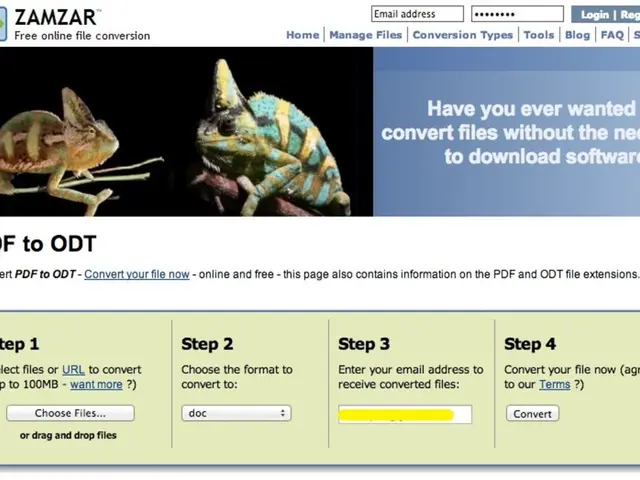Financial securities earmarked for ecological ventures
Investing in Green Bonds: A Guide for Sustainable Investors
Green bonds, a growing market in sustainable finance, are an attractive investment option for those seeking to support environmental projects while earning a return. Here's a comprehensive guide to understanding green bonds and the various investment opportunities available.
Green Bond Basics
Green bonds are financial instruments used exclusively to fund environmental projects, such as renewable energies, CO2 emissions reduction, and energy-efficient buildings. Their prices are given in percent, not euros, and profits are subject to capital gains tax, with the current rate being 25% plus solidarity surcharge and church tax, with saver's allowance applying.
Investment Vehicles
Investors can choose from a variety of green bond funds and ETFs, providing different focuses and trading methods.
- Green Bond Funds: These mutual funds or ETFs hold diversified portfolios of green bonds issued by governments, municipalities, or corporations. They offer professional management and diversification across various green projects.
- Green ETFs (Exchange Traded Funds): Index funds traded on stock exchanges that replicate the performance of indices composed of companies or bonds committed to environmental sustainability and ESG criteria. They exclude polluting sectors such as coal, oil, and armaments.
- Sustainable Bond ETFs: Broader than pure green bond funds, these include sustainable debt including green bonds, social bonds, sustainability-linked bonds, and ESG-labeled debt from corporate and sovereign issuers globally.
Additional investment vehicles include ISR-labeled (socially responsible investment) life insurance funds that adhere to ESG standards and can include green bonds within their portfolios.
Investing in Green Government Bonds
Green government bonds are issued by states, such as the German government's green federal bonds. However, they make up a small proportion of the Green Bonds market and may not yield high returns.
Direct Investment in Companies
Companies, especially in the energy sector, also issue green bonds. Examples include Apple, Unilever, and Toyota. Crowdfunding platforms like ecozins, Econeers, and GreenVesting offer investments in companies or projects with potential high yield.
Caveats and Considerations
It's essential to note that the term "green" is not always protected, and the EU guidelines or Green Bond Principles are not binding, requiring thorough examination before investing. Also, green bonds can be marketed as "green" even if they're not, upon closer inspection.
When buying green bonds, order costs for the corresponding product apply, which vary depending on the broker. Fees for the depot of green bonds also apply. Management fees for green bond ETFs or funds can be several percent for actively managed funds, potentially reducing the yield.
Risk and Reward
The yield of green bonds depends on the risk, with government bonds having a 0% coupon and higher-yield green bonds often traded in foreign currencies, increasing the risk. Bonds, including Green Bonds, have a fixed maturity date, and the risk of total loss exists, even if the issuer has not gone bankrupt or the bond has been sold prematurely.
Diversification is Key
Investing in a variety of Green Bonds is important for diversification, avoiding putting all savings into a single bond. The safety of a green government bond can be assessed by the country's credit rating, with a higher rating indicating lower risk but lower interest rates.
In conclusion, green bonds offer a unique opportunity to invest in environmental projects while earning a return. With various investment vehicles available, from green bond funds and ETFs to direct investments in companies, there's a green bond option for every investor. However, it's crucial to conduct thorough research and understand the risks associated with these investments.
What if I'm considering investing in green bonds for the first time, and I'm unsure about the finance aspect of it?
Maybe I should explore the different investment vehicles like green bond funds, green ETFs, sustainable bond ETFs, or even ISR-labeled life insurance funds that could help me get started in the world of sustainable finance.






